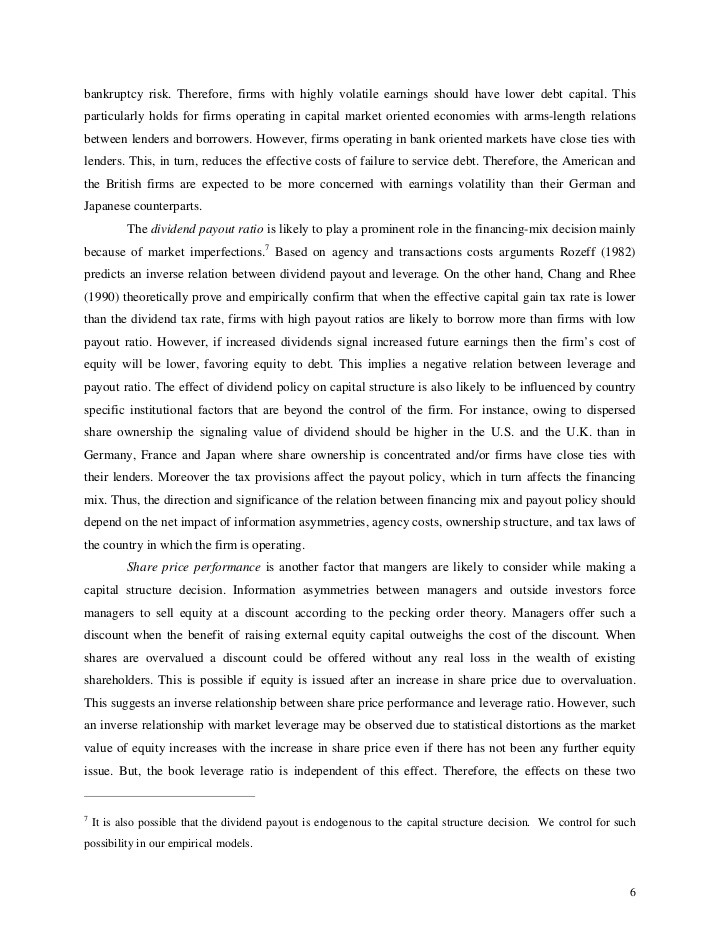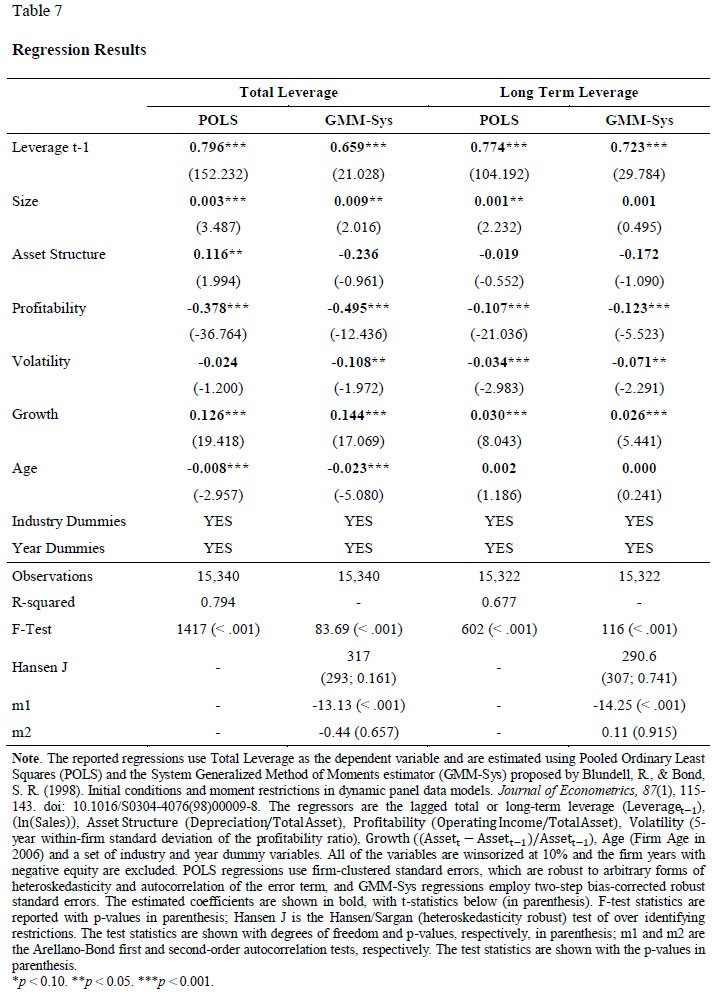Leverage versus volatility Evidence from the Capital Structure of European Firms
Post on: 16 Март, 2015 No Comment

Abstract
The capital structure theory advocates a mix between debt and equity to optimize a firm‘s value (Modigliani & Miller, 1958). However, Islamic finance recognizes more conservative levels of debt for firms, based not on capital structure, but on debt to total assets or debt to market capitalization. This study is the first attempt to investigate the role of leverage in affecting the returns and the firm‘s share price volatility in relation to an Islamic finance perspective (IFP). The paper is based on a sample of 320 European companies distributed into different portfolios with high and low debt, high and low assets and focused on ten different countries. Comparative portfolio analysis was used to obtain a number of testable hypotheses, which specify the factors at the level of the firm and at the level of the market, in order to determine optimal financial risk. Specifically, we use the mean variance efficient frontier (MVEF) to confirm, in accordance with the theory, that a portfolio with a higher capital structure has higher volatility and lower returns compared to a portfolio with a lower capital structure. Then, the Shari‘ah screening method of improving the firm‘s stability in the market has been analyzed based on econometric analysis. Dynamic GMM is used in order to correlate the firm‘s leverage to total assets with its return and volatility in portfolios with high and low capital structure. To ensure the robustness of results, the business cycle effects have been considered after adding the firm and the country characteristics with a view to taking into account the heterogeneity across different firms and different markets. The preliminary results tend to indicate that there are significant correlations between capital structure and both returns and volatility, but not necessarily with high debt to assets given different sizes and growth of firms. The paper suggests that are three main factors which need to be considered by the firms in order to improve their stability in the market: firstly, the level of capital structure but not the debt to total assets as suggested by some scholars using the IFP; secondly, the capitalization or the firm size and finally, the level of the sovereign debt and country dynamics. Although the latter may be beyond the firm‘s control, it is up to the firm to consider its own market with implications on its leverage policy in relation to the frequency-dependent strategy.
Download Info
mpra.ub.uni-muenchen.de/57682/1/MPRA_paper_57682.pdf
Related research
Find related papers by JEL classification:

- C22 — Mathematical and Quantitative Methods — — Single Equation Models; Single Variables — — — Time-Series Models; Dynamic Quantile Regressions; Dynamic Treatment Effect Models; Diffusion Processes
- C58 — Mathematical and Quantitative Methods — — Econometric Modeling — — — Financial Econometrics
- E44 — Macroeconomics and Monetary Economics — — Money and Interest Rates — — — Financial Markets and the Macroeconomy
- G15 — Financial Economics — — General Financial Markets — — — International Financial Markets
References
References listed on IDEAS














